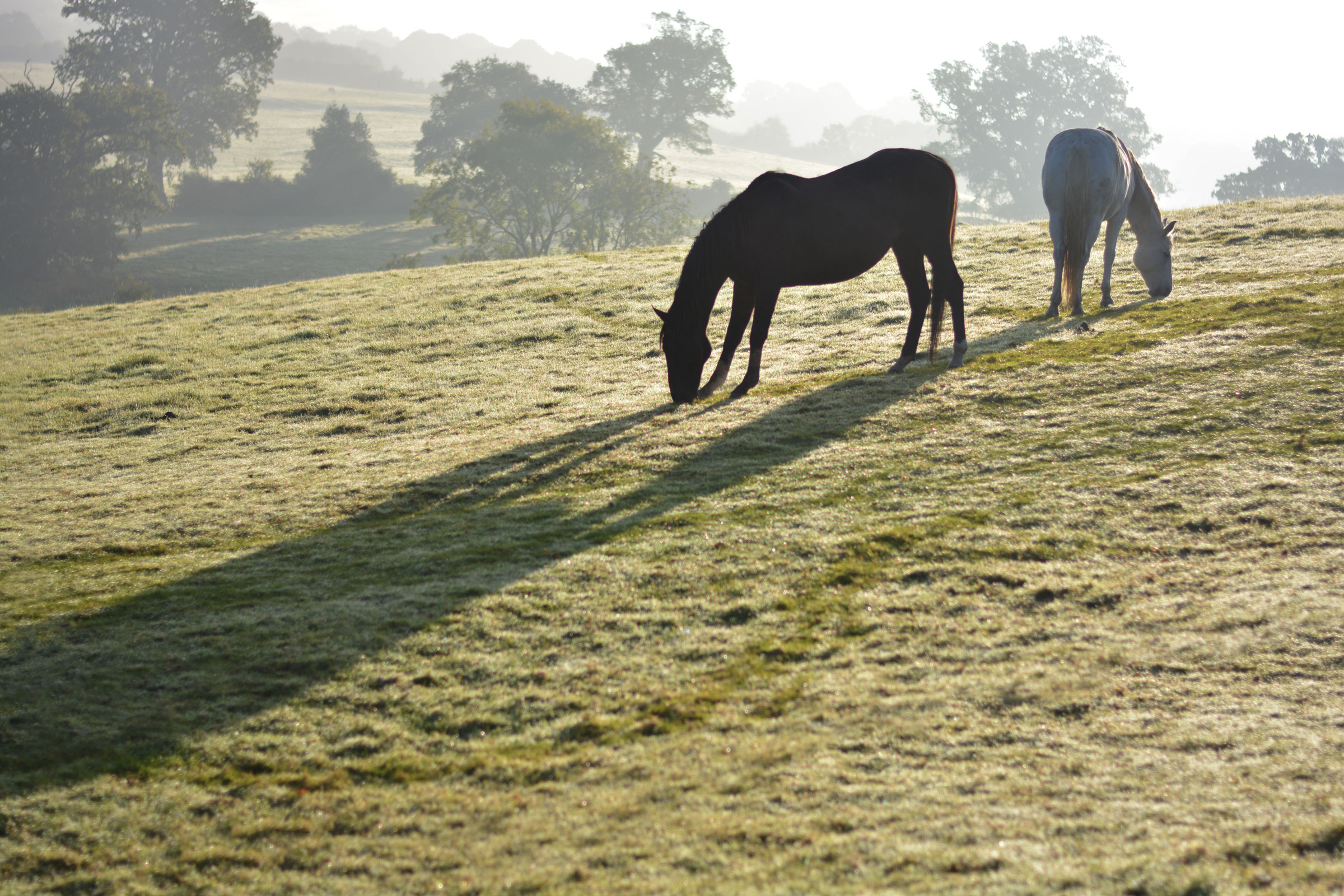
Assess Your Pasture’s Present Condition
Colorado State University Associate Professor/Extension Forage Specialist Joe Brummer said that before you decide to reseed or renovate a pasture, assess its present condition and what plants are there.
“Determine which plants are present, and their productivity and quality,” he said. “Are there weeds you don’t want? Are they just annual weeds that are fairly easy to control, or perennials like Canada thistle, spurge, knapweed, etc. that will require herbicide to get them under control?”
Is Renovating Your Pasture Economical?
Dr. Glenn Shewmaker, Extension Forage Specialist, University of Idaho, recommended taking a close look to decide whether renovating will be economical.
“There can be reasons to do it—such as putting in forage species more suited to your purposes, or that might last longer than the last time it was seeded,” said Schewmaker. “If grazing management, irrigation, and fertility are not well addressed, however, you might be wasting time and money trying to improve/reseed a pasture. Reseeding efforts will only delay production while you re-establish the pasture, cost money, and even though you’ll get some benefits for a few years it will go right back to its present condition.”
Test Soil Fertility
If you decide to do some inter-seeding or reseeding, look at soil fertility to know if it will support the new plants.“If you don’t have proper soil fertility, this is your opportunity to add something,” Schewmaker said. “If the soil has low pH (acid soil) you could work in some lime if you want to add legumes.
“Figure out which species you need, either to extend grazing or provide more production,” he continued. “Tall fescue is the best grass to stockpile for late fall and winter grazing. Of the cool season grasses, it will produce the most and preserve the best into winter, compared to orchardgrass.”
Improving Pasture by Interseeding
There are ways to improve an existing pasture without plowing it. “Inter-seeding means you don’t till–just seeding into an existing stand to fill in the blank spaces and add new species,” said Shewmaker. This works well if there are places in a pasture that have been overused or trampled out.
“If there is some visible bare ground, it will be easier to interject new plants, since competition for space, water and nutrients will be reduced,” said Brummer.“The new plant must have space to put down a root. If the space isn’t there, you can reduce competition with herbicides to knock down other plants and open things up to create spaces, to help get new plants established.”
“With inter-seeding, you don’t lose the whole year of grazing; you only lose half the year—but you have to protect new plants from grazing for a while,” noted Shewmaker. “Clipping/haying is recommended the first season. Making hay has less impact and creates an even canopy height, whereas grazing animals would prefer the new seeding and leave the old grass. We’ve done studies to compare different methods, to try to get a successful inter-seeding. One option is to graze the old pasture very close—the fall before—to remove all the forage you can. This also stresses the plants, to reduce their growth the next spring, before you inter-seed. This reduces competition.”
“Adding a legume can really extend a pasture,” Shewmaker added. “Everyone in our region has grass in May and June, but in July and August the cool season grasses slow their growth. The best way to fill that mid-summer slump is with a legume. It keeps growing, adds nitrogen to the soil (reducing the fertilizer bill), and provides a high-quality pasture. You can keep the grass component as the majority, but add enough legume that you don’t need any nitrogen fertilizer.”
Equipment for Pasture Improvement
Brummer said it’s always best to use some kind of drill that puts seed in good contact with the soil, rather than just broadcasting it out on the ground.
“Broadcasting, especially for grass seed, doesn’t work very well unless you’ve roughed up the ground adequately with a disk or rototiller,” he explained. “Then you could put animals out there for a week or 10 days to press the seed into the ground with hoof action. That works if you don’t have a drill, but is not as successful as drilling the seed. Seeding depth is critical, typically not more than ½ inch for grasses and legumes. Thus you need some kind of depth control on your drill.”
Advantages of inter-seeding, compared with complete reseeding where you plow it up, include being more cost-effective and reduces erosion potential. “There is also less downtime and loss of productivity,” said Shewmaker. “Disadvantages include higher risk of failure, and inter-seeding drills are not as available as conventional till drills. It can also take 2 to 3 years before inter-seeded plants achieve full productivity because initially they are under the stress of competition from other plants. You have to be patient.”


